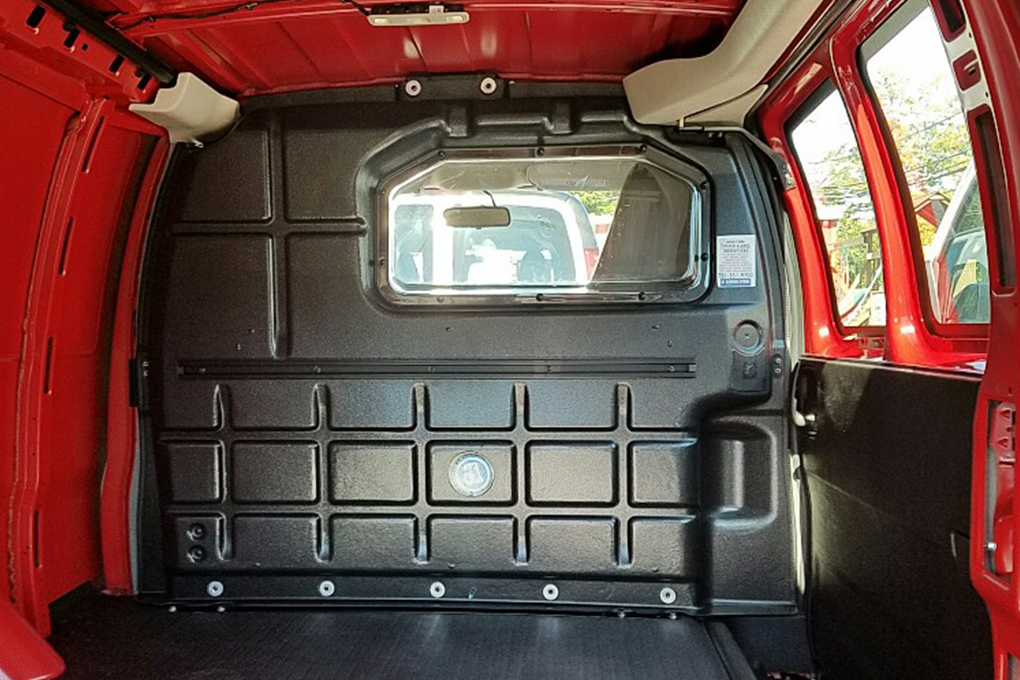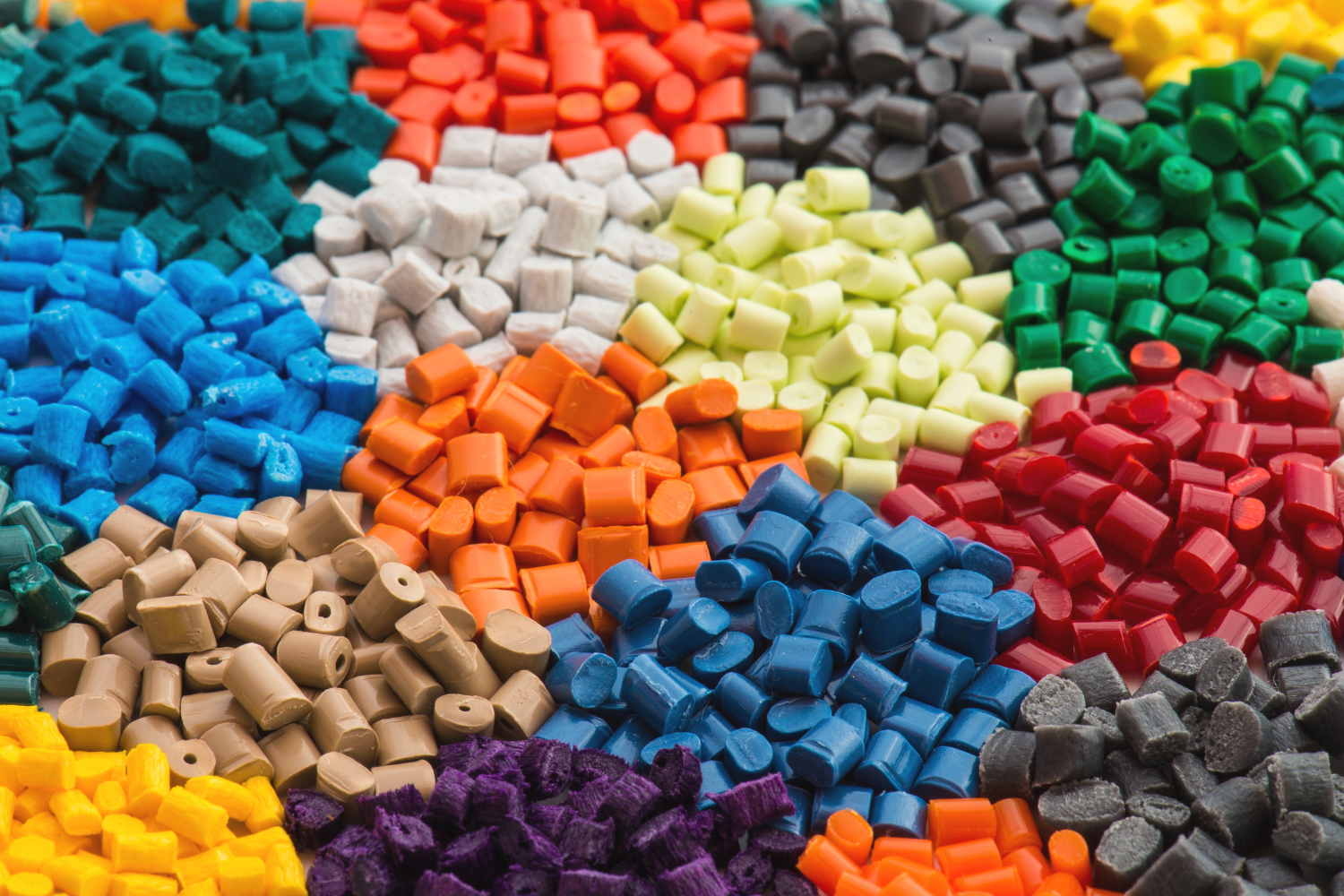The Durability Dilemma: A Deep Dive into Thermoformed Parts
Ensuring that products will last in the manufacturing sector is not just a nice touch—it is often the main goal. The challenge is clear for us as engineers and designers: we must constantly create components that can endure the tough applications for which they are meant facing various trials made up of harsh conditions, from extreme temperatures to corrosive environments to high-impact situations.
Thermoforming Durability
 Before we discuss the particulars of thermoforming, let's establish a definition of durability for part manufacturing that we can all agree on.
Before we discuss the particulars of thermoforming, let's establish a definition of durability for part manufacturing that we can all agree on.
Durability encompasses several important dimensions. Impact resistance is the ability of a part to withstand sudden forces without breaking or deforming permanently. Environmental resistance is a part's ability to maintain its properties under varied environmental conditions—temperature extremes, UV radiation, or chemical exposure, for example—that you would find in many real-world applications. Fatigue resistance is the capacity to withstand repeated stress cycles without failure. Wear resistance is a part's ability to maintain its structure and integrity over time and with use.
For a long time, the go-to process for making very durable parts has been fiberglass molding. Durability in molded fiberglass parts comes from a few different factors. One is the quantity and quality of the fiberglass reinforcement. Fiberglass-reinforced plastic (FRP) has a very high stiffness-to-weight ratio, so it is not as easily deformed as other materials if subjected to an appropriate load. And when something is "stiff," it also means it is not very ductile. That stiffness is balanced with some toughness; FRP has excellent impact resistance and won't shatter if you drop it.
Thermoformed components may not reach the same level of stiffness as fiberglass in every circumstance, but they enjoy a distinct advantage regarding durability. Thermoformed parts have a lineal flexural strength, making them more resilient under bending loads. They absorb and dissipate impact energy way better than fiberglass.
I don't know if you've ever had the pleasure of working with 1/8-inch thermoformed PET. You can bend it, but it wants to go back straight. If you take a 1/8-inch piece of glass, you can bend it until it breaks. Neither of these materials is ductile, but they are quite tough. When it comes to impact tests, thermoformed parts will outperform fiberglass.
Resin Choice is Critical
The decision regarding which thermoplastic to use greatly affects how durable a part will be. High-impact polystyrene (HIPS) is a good choice when a design demands good impact resistance and dimensional stability. Acrylonitrile butadiene styrene (ABS) tends to be a good balance of tough and rigid. Polyethylene (PE) is an excellent material when a part must be chemically resistant and low-temperature tough. Polycarbonate (PC) stands out when a situation calls for high-impact strength and good temperature resistance. Thermoplastic olefin (TPO), an alternative polyolefin plastic, is good when good weatherability and impact resistance are required.
Using variable wall thickness in these types of parts allows us to direct strength where it is most needed while keeping the part lightweight. Stress analysis with finite element analysis (FEA) tells us which areas are high-stress and how we might adjust our thicknesses to ensure durability.
The longevity of thermoformed components can be improved through thoughtful reinforcement. A co-extruded layer of thermoplastic polyurethane (TPU) on the outside of the part provides improved dent resistance, scratch resistance, and surface feel. The improved "grippiness" of the TPU in comparison to plain polycarbonate should also reduce the chances of drops. Meanwhile, using multi-layer sheets in co-extrusion also makes the part more stiff and stable, with the TPU layer retaining the slightly flexible feel of the original part.
Material and design decisions can solve particular environmental problems. Building outdoor applications that won't degrade or fade requires UV stabilizers. If fire resistance is needed, materials with flame-retardant additives will work. Electronic packaging will benefit from anti-static formulations, but these can also be used in any environment where ESD (electrostatic discharge) is a concern.
Durability
 Think about a dashboard in an automobile. A fiberglass version would offer a stiff and strong part, excellent structural integrity, and potentially a higher weight. Manufacturing and molding would also be a more complex and time-consuming process. Thermoforming offers a moderately flexible and impact-absorbing condition, a significantly lighter weight, and a less time-consuming and more efficient process to produce that part. Integrated features like air vents and mounting hardware are easily added to parts made of thermoformed plastic.
Think about a dashboard in an automobile. A fiberglass version would offer a stiff and strong part, excellent structural integrity, and potentially a higher weight. Manufacturing and molding would also be a more complex and time-consuming process. Thermoforming offers a moderately flexible and impact-absorbing condition, a significantly lighter weight, and a less time-consuming and more efficient process to produce that part. Integrated features like air vents and mounting hardware are easily added to parts made of thermoformed plastic.
So, if we were to design a part for a dashboard, we would lean toward using the thermoforming process because of the advantages in weight reduction, design integration, and production efficiency, even though fiberglass is a much better material in terms of durability and could be wet-laid into the part.
Although fiberglass still represents a wonderful choice for applications requiring high stiffness and strength, impact resistance, and other durability features, it is not the only option for ensuring the strength and durability of parts formed through molding processes.
Thermoforming, in which the flexible nature of thermoplastics is combined with engineering design principles to create parts optimized for durability, can yield components with qualities that place them at the top of the list of many strength and durability features.
When materials science and thermoforming technologies are applied in concert, they create a stronger scenario for the plastics used in manufacturing.



